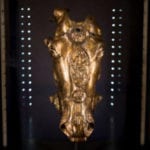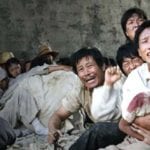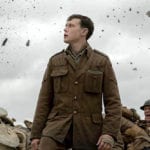 Misconceptions
Misconceptions  Misconceptions
Misconceptions  History
History 10 Amazing Roman Epitaphs
 Weird Stuff
Weird Stuff 10 Niche Subcultures That Are More Popular Than You Might Think
 Mysteries
Mysteries 10 Tragic Disappearances and Deaths in Joshua Tree National Park
 History
History 10 Ways Childhood Really Sucked in the Old West
 Music
Music 10 Name Origins of Famous Bands from the 1990s
 Religion
Religion 10 Biggest Turnarounds by the Catholic Church
 Weird Stuff
Weird Stuff 10 Unbelievable Times Laws Had Unintended Consequences
 Humans
Humans Ten Historic Women Who Deserve Way More Credit Than They Got
 Movies and TV
Movies and TV 10 Films That Spawned Major Lawsuits
 Misconceptions
Misconceptions 10 Phony Myths and Urban Legends That Just Won’t Die
 History
History 10 Amazing Roman Epitaphs
 Weird Stuff
Weird Stuff 10 Niche Subcultures That Are More Popular Than You Might Think
Who's Behind Listverse?

Jamie Frater
Head Editor
Jamie founded Listverse due to an insatiable desire to share fascinating, obscure, and bizarre facts. He has been a guest speaker on numerous national radio and television stations and is a five time published author.
More About Us Mysteries
Mysteries 10 Tragic Disappearances and Deaths in Joshua Tree National Park
 History
History 10 Ways Childhood Really Sucked in the Old West
 Music
Music 10 Name Origins of Famous Bands from the 1990s
 Religion
Religion 10 Biggest Turnarounds by the Catholic Church
 Weird Stuff
Weird Stuff 10 Unbelievable Times Laws Had Unintended Consequences
 Humans
Humans Ten Historic Women Who Deserve Way More Credit Than They Got
 Movies and TV
Movies and TV 10 Films That Spawned Major Lawsuits
10 Militias That Waged Guerrilla Warfare In The Civil War
Three types of militias were formed at the beginning of the Civil War—partisan rangers, guerrillas, and bushwhackers. Partisan rangers were legitimate groups that were authorized by the government to work with the army. Guerrillas provided local defense of family and community. Bushwhackers were extremists who viewed violence as a sport or who saw an opportunity for profit or vengeance. By the end of the “brother against brother” war, with emotions running high, most militias were bushwhackers, even those that began with noble intentions. The following militias were effective and well organized.
10 Nancy Harts
Any female in the town of LaGrange, Georgia, could join the Nancy Harts, named for the Revolutionary War heroine. The militia’s women worked as nurses in military hospitals. LaGrange was located midway between Atlanta and Montgomery, Alabama, the Confederacy’s first capital, making the town a likely target of the Union army. The Nancy Harts trained every week throughout the war. Military marches and target practice with whatever weapons the women could find were regular activities. They would be ready to defend their homes and community if the Union attacked.
Indeed, the Union army marched into western Georgia in mid-April 1865. Brigadier General R.C. Tyler and 300 Confederate troops held off 3,000 Union troops for more than eight hours. However, the general and many of his troops were killed, and those who remained fled. The Nancy Harts, all 40 members, refused to hide in their houses as the soldiers had begged them to do; they took their place in defense of the town.
On April 17, the militia marched to the edge of LaGrange to meet the enemy forces. General Lee had surrendered to General Grant on April 9, and in the end, a truce was negotiated, and the militia surrendered the town peacefully. The army destroyed facilities that were helpful to the Confederate war effort but spared homes and property. The soldiers enjoyed a meal prepared by the Nancy Harts before leaving LaGrange and marching to Macon, where they learned that the war was officially over.
9 McNeill Rangers

John McNeill was commissioned by pro-Confederate Missouri governor Claiborne Fox Jackson to form a militia. He left home with his three sons and led the militia in several battles. After losing one son in battle and escaping from prison, McNeill returned to his home in Virginia and formed a cavalry unit that he named “McNeill Rangers.” An act passed by the Confederate Congress gave him the authority to organize a group of partisan rangers who would cooperate with the Confederate Army. He took the rank of captain and named his son a lieutenant.
The McNeill Rangers created chaos among Union troops in the area, disrupted traffic and communications on the railroad, and became the top supplier of beef cattle in the Shenandoah Valley. The unit was highly effective and attained great military achievements. Their brilliant operations were praised by General Lee many times. In a typical exploit, 23 McNeill Rangers suddenly attacked a supply train that was guarded by 150 men. They captured 27 wagons, 72 prisoners, 106 horses, and all of the equipment after scaring the men into confusion with their strange rebel yell. Captain McNeill was mortally wounded in a raid in 1864. Accidentally shot by one of his own men, he died after lingering for more than a month.
8 Privateers
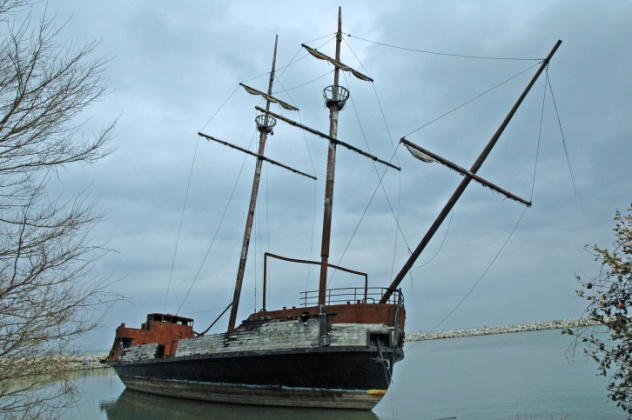
The Confederates had no chance of overpowering the Union Navy, which had superior supplies, officers, and industrial facilities. Since they would never control the Atlantic, they decided to defend their key ports and rivers while attacking Union commerce at sea. In addition to their navy’s exploits, the Confederacy commissioned privateers to carry out attacks. These civilian captains kept the ships and cargo that they seized and shared the profits with their crew and the owners of the vessels.
The Union blockade was effective, however, so it was hard for privateers to get home to sell cargo and make needed repairs on their ships. They also had prisoners whom they needed to drop off. Privateers tried to use foreign ports, but they were unsuccessful since most other nations did not want to take sides in the war. Since they sailed all over the globe, they were successful, however, in making the world more aware of the American Civil War. Privateering became a less popular “profession” once it became apparent that it was not an easy way to make a profit.
7 Home Guard
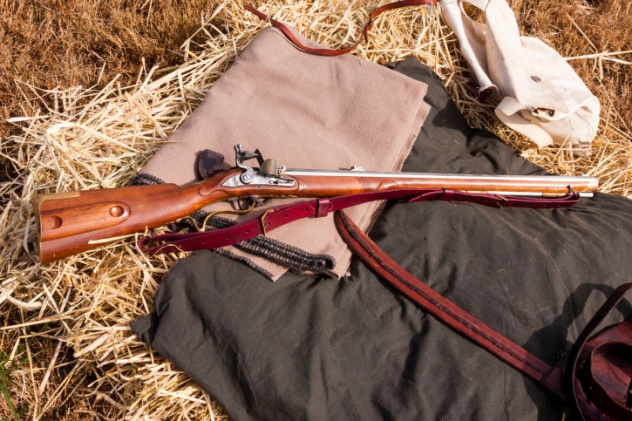
Older men and boys too young to fight made up the home guard in both the North and South. At the beginning of the war, they organized to defend their communities if the enemy attacked first. They often made up the police force, too, since so many policemen had left towns to fight in the war. The home guard, while unpaid, worked with the army.
As the war dragged on, they carried out various duties, such as escorting people through local terrain and guarding mail routes and rail lines. In addition, the men guarded prisoners of war and tracked down deserters, draft dodgers, and criminals. By the middle of the war, wounded soldiers had joined the groups. In the South, one of the home guard’s most important duties was watching plantations while slave owners were away. Most of the Southern home guard units disbanded at the end of the war, when the Union occupied much of the South.
6 Moccasin Rangers
There were many guerrilla fighting units in West Virginia at the start of the Civil War. By 1862, most of these units’ captains had been killed. One such man was Captain Perry Connolly, leader of the Moccasin Rangers. Members of the Moccasin Rangers were not outlaws or outcasts from society. Many of them were important people in their communities who had money, land, and political influence. Despite that, this Confederate bushwhacker unit was known to have robbed seven families and murdered two people.
West Virginia was home to many Union sympathizers, who came together to counter their Confederate neighbors. They called themselves “Snake Hunters,” a play on their rival militia’s name. Early in the war, the Union Army was so desperate to gain control of the rebels that the government gave the Snake Hunters authority to arrest members of the Moccasin Rangers. The Confederacy, not happy with the Moccasin Rangers’ tactics, tried to legitimize the unit by enlisting them as Company A of the 19th Regiment of Virginia Cavalry. This designation failed to turn the unit into a group that conducted legitimate warfare. The Moccasin Rangers continued to loot homes and farms throughout the countryside until the Union Army occupied the area in force.
5 Native American Raiders

Both the Confederacy and the Union were interested in getting those living in Native American territory on their side. Tribal chiefs were split on their allegiance, and some wanted to remain neutral. The Union did nothing to win the tribes’ loyalty for the first two years of the war, and several of the tribes signed a treaty with the Confederacy. The Confederates were confident that they would be excellent guerrilla fighters. What white men thought of as irregular warfare was the norm for Native Americans. However, the Confederacy had little luck with tribes in the western states. These tribes had no ties, political or economic, to either side.
While 20,000 Native Americans served honorably on both sides of the conflict, others saw an opportunity to take advantage of the turmoil caused by the Civil War. Native American raiders were no different than white guerrilla units. Sometimes their goal was destruction. Other times, they staged surprise raids and stole as many animals and supplies as they could find. Native American raiders increased their wealth and sometimes retaliated for wrongs committed by white men.
4 Mosby’s Rangers
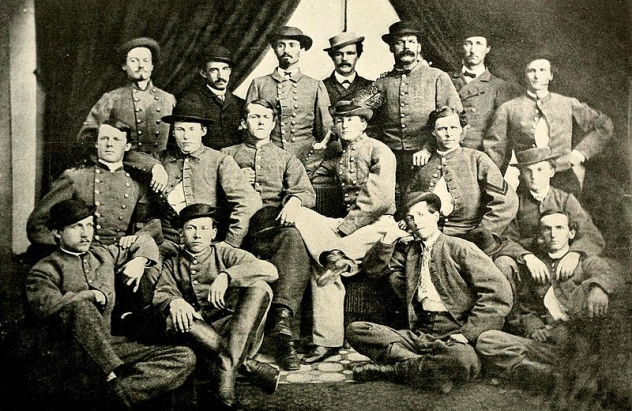
John Mosby, nicknamed “the gray ghost,” led the 43rd Battalion, 1st Virginia Cavalry, known as “Mosby’s Rangers.” Major Mosby would don a disguise and locate an appropriate location for a raid, and then his unit would strike. Mosby’s Rangers was famous for its quick raids and ability to elude Union troops by “disappearing” among local farmers and townspeople. They gained notoriety in a raid on Fairfax Court House, when they captured Union Brigadier General Edwin Stoughton, a few other officers, and many horses. President Lincoln was more grieved by the loss of the horses than of the general, saying, “I can make a much better brigadier in five minutes, but the horses cost $125 apiece.”
Mosby’s Rangers caused problems for the Union by disrupting supply lines, capturing Union couriers, and giving information to the Confederate Army. Major Mosby operated with impunity, employing his own warfare tactics and looting public and personal property. At the end of the war, Mosby became a Republican and worked as a representative for President Grant, serving as the American consul in Hong Kong. He also served as an official in the Department of the Interior.
3 Quantrill’s Raiders
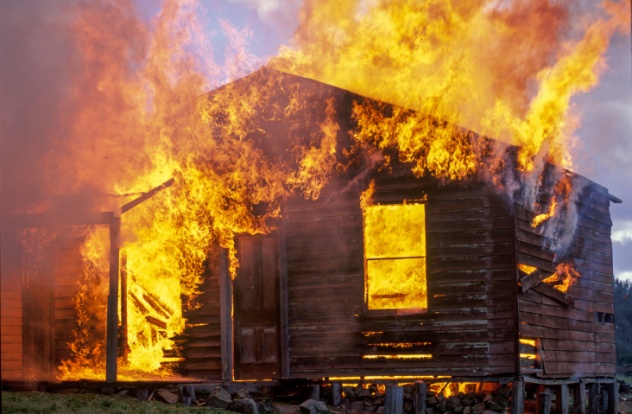
William Quantrill briefly worked a schoolteacher but found that crime paid better, becoming a gambler and horse thief until he was forced to flee Missouri to escape a murder charge. When the war began, only 12 men made up Quantrill’s Raiders. The unit staged many hit-and-run attacks against Union troops. These attacks were made from Missouri into Kansas, and they were very profitable for the men.
In retaliation, Union troops imprisoned the female relatives of those in the unit. One building that was being used as a prison collapsed, killing several women. A short time later, Quantrill’s Raiders attacked the pro-Union town of Lawrence. By this time, Quantrill was leading 450 men. In what would be known as the Lawrence Massacre, they burned and looted the town and murdered at least 150 men, most of whom offered no resistance.
Quantrill was killed on a raid in Kentucky in 1865. Four members of Quantrill’s Raiders became experts at criminal activity and decided to turn their skills into a “career” after the war. It would not take long for everyone to know the names of bank and train robbers Frank and Jesse James and Cole and Jim Younger.
2 Jayhawkers
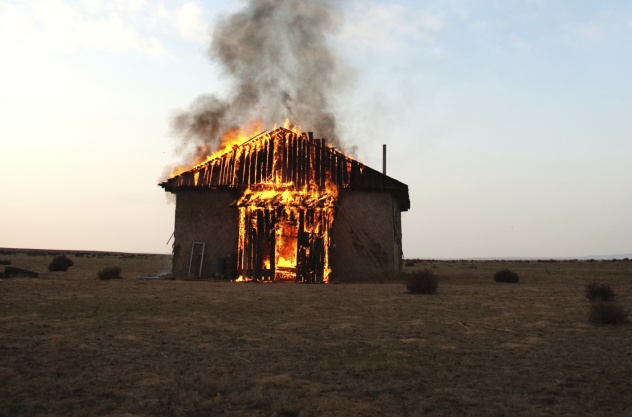
Before the war, the pro-Union Kansas Jayhawkers clashed with Border Ruffians, pro-slavery groups from Missouri. The Border War, or Bleeding Kansas, involved violent attacks along the Kansas-Missouri border from 1854–61. The same forces continued to fight throughout the Civil War, during which the Jayhawkers were recognized by the Union as the 7th Regiment Kansas Volunteer Cavalry.
They fought with Quantrill’s Raiders since the unit staged attacks from Kansas into Missouri; they were the counterpoint to William Quantrill’s operation. In response to the Lawrence Massacre, the Union Army forced residents from four counties situated along the Missouri border onto the open prairie. The Jayhawkers burned and looted everything they left behind.
During the war, Colonel Charles Jennison led the Jayhawkers; Daniel Anthony, son of a Quaker and brother of Susan B. Anthony, acted as lieutenant colonel. The unit, which included members John Brown Junior and Buffalo Bill Cody, fought battles with Confederates, plundered the countryside, and caused havoc for the Confederacy. The Jayhawkers sustained themselves by stealing from Missourians, even those who were pro-Union. They had a reputation for pillaging and burning entire towns.
1 Bloody Bill Anderson
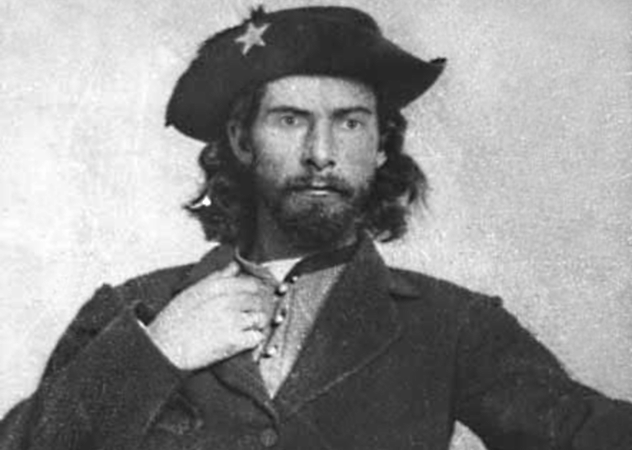
After joining the Confederacy in retaliation against Union troops for their destruction of property in four Missouri counties, itself a retaliation to the Lawrence Massacre, William Quantrill fled to Texas. Quantrill’s Raiders broke into several smaller units, and one of these was headed by its lieutenant, Bill Anderson. There were about 80 men in his ruthless group. They spread fear throughout Missouri, terrorizing both Union soldiers and pro-Union civilians.
Bloody Bill Anderson, the son of horse thieves, was probably a sociopath. He took much delight in torturing and killing people. He cut the ears off of prisoners and also mutilated bodies, sometimes decapitating them so he could put the heads on different bodies. He wore a necklace of Yankee scalps into battle.
The Centralia Massacre in 1864 proved to be the beginning of the end for Bloody Bill. First, the unit stripped and slaughtered 22 unarmed Union soldiers, who were heading home on furlough. Then, they ambushed 150 Union troops sent to pursue them and murdered them in cold blood. They crushed faces, disemboweled corpses, took scalps, and cut off noses. A month later, Bloody Bill Anderson was killed in a Union ambush, and his body was put on display at a local courthouse.
Some militias had a positive influence in the war, but others were motivated by greed or vengeance. Like the militias, both the Union and the Confederacy often failed to follow the rules of warfare. There was much chaos and needless suffering during the Civil War, which took generations to overcome.
Shelley is a freelance writer and researcher.
